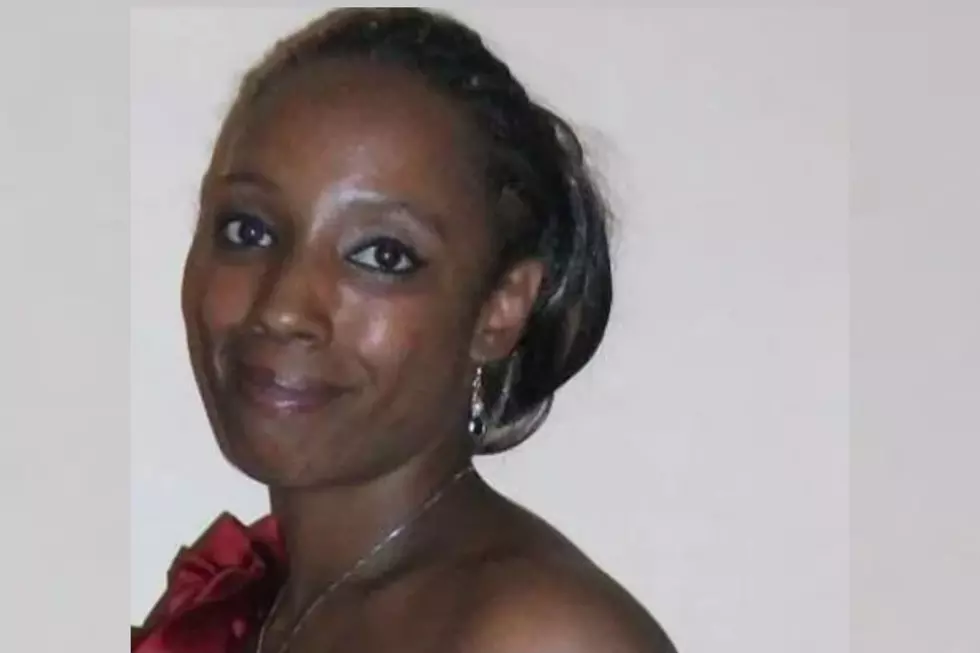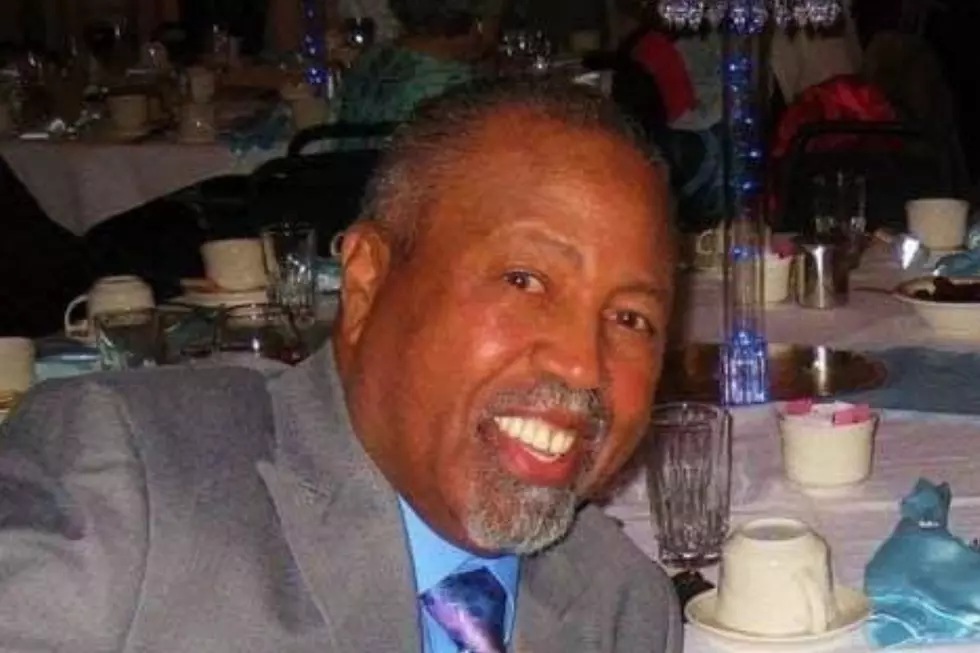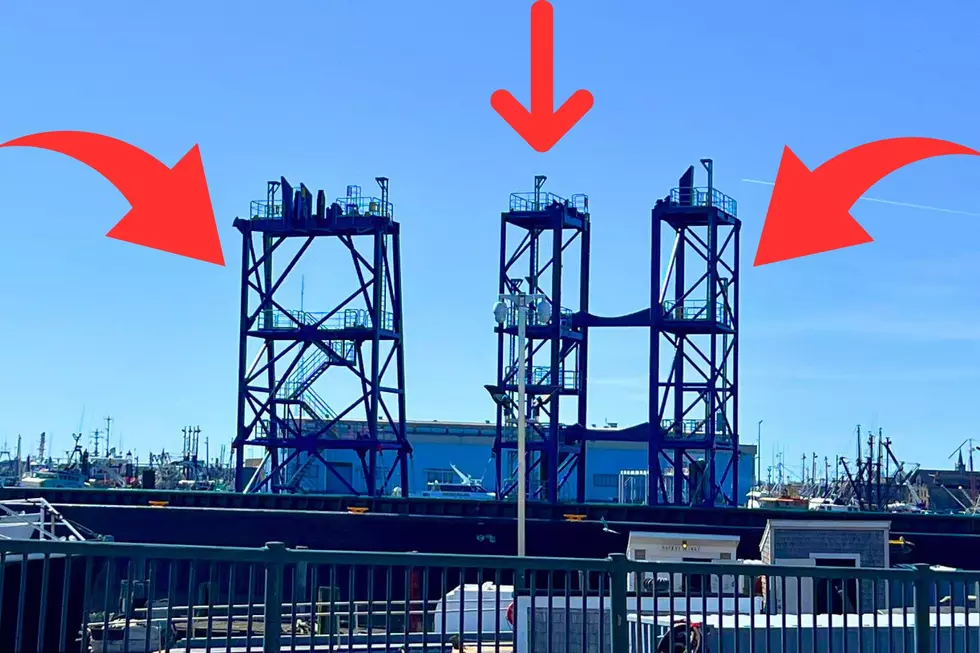
Five New Bedford Headlines in the New York Times
Recently, New Bedford was featured in the New York Times when reporter Elizabeth Goodridge documented her weekend stay in the Whaling City, which included tours of historic sites and enjoying some of the local fare.
The New York Times is the third-most circulated newspaper in the country behind USA Today and the Wall Street Journal and it is often cited as the “newspaper of record” for the U.S.
Though coverage of New Bedford goings-on often remains mostly in the local market, every now and then something happens that gains national attention, or at the very least, the attention of someone with column space in a nationally circulated newspaper outside of the Boston Globe.
These are five New York Times headlines and stories that highlight noteworthy events or key cultural aspects of New Bedford:
"Fishermen Strike in New Bedford" (Associated Press, December 28, 1985)
In late 1985, tensions between boat owners and the New Bedford Fishing Union led to a strike that brought the top fishing port in the world to a screeching halt. Around 750 fishermen went on strike and picketed along the piers in New Bedford and Fairhaven after boat owners rejected a demand for the fishermen to get a greater share of profits from their catch. Ultimately, the boat owners would prevail as the end result of the strike was the dismantling of organized labor for New Bedford’s seafaring workers.
“Boat owners did not want a strike but were prepared ''for a long siege," said David Barnet, an attorney for 32 of the owners in the Seafood Producers Association. ''During the winter months, it's cheaper to tie up than give in to demands,'' he said.
"36 Hours in New Bedford" (By Paul Schneider, May 6, 2006)
Similar to the column recently featured in the Times, "36 Hours in New Bedford" was written in 2006 by columnist and author Paul Schneider. Though New Bedford wasn’t nearly as bustling as it is today, Schneider seemed to have plenty to explore in the region as he recounts his trip to the Whaling Museum, Seamen’s Bethel, Rotch Jones Duff House, and made quick stops to the coasts of Fairhaven and Padanaram Village.
“Truth is, though, New Bedford has plenty of history, architecture and small museums to fill a weekend, particularly when you throw in its proximity to some of the prettiest little towns on the coast and a couple of Massachusetts's best and least famous beaches.”
"Teenager Attacks Three Men at Gay Bar in Massachusetts" (By Katie Zezima, February 3, 2006)
Just last year was the 15th anniversary of the infamous attack on the Puzzles Lounge in New Bedford by 18-year-old Jacob Robida. Robida entered the New Bedford gay bar concealing a hatchet and a firearm, ordered two drinks and shortly thereafter began his violent attack. Robida then fled the bar and embarked on a multi-state chase with police that ended with a confrontation that resulted in Robida claiming the life of an Arkansas State Trooper, a female companion Robida was driving with, and himself. Robida’s vicious hate crime and the subsequent pursuit as he fled across the country made national news.
“Richard Macedo, who has owned the bar for 15 years, said it had never been the focus of any discrimination and said he had not known Mr. Robida. 'It's hard to believe,' Mr. Macedo said.”
"New Bedford Gets Curfew to Ease Racial Tensions" (By Bill Kovach, 1970)
July 1970 was an unusually hot summer for the residents of New Bedford. The city’s Black community was rightfully frustrated by their deliberate exclusion from opportunities for employment, healthcare, and habitable housing. This lead to an eruption of tensions after confrontations with the police. Riots ensued and the West End of the city was barricaded off to police and city officials. This series of events lead to Mayor George Rogers instituting a 9 p.m. curfew for city residents. After a visit from then-Senator Edward Brooke and deliberations with the city council and the mayor, the City agreed to build more affordable and low income housing, which included the United Front now known as Temple Landing.
“New Bedford, once the whaling capital of the world, has found itself the home of two armed, anxious and concerned camps of citizens — one white and one black — after more than a decade of trying to overcome a pattern of economic decline."
"Portuguese of New Bedford Keep Identity" (By John Kifner, August 5, 1975)
Underpinned by the Carnation Revolution in 1974 that saw the ouster of a military dictatorship in favor of the democratic process in Portugal, Kifner asked local Portuguese residents their thoughts on the then-rising tide of leftist politics in their home country. But mostly, Kifner highlights the prominence of the Portuguese community in New Bedford, how they found their way to New Bedford via other seafaring port communities in Provincetown and along Cape Cod, and important cultural events such as the Feast of the Blessed Sacrament.
"New Bedford is less a melting pot than a sort of bouillabaisse, the Mediterranean fish stew in which each ingredient maintains its separate identity, or better, a Portuguese paella. It is a city of immigrants where the old ties are maintained and the concessions to assimilation come gradually."
KEEP READING: Scroll to see what the big headlines were the year you were born
More From WFHN-FM/FUN 107









